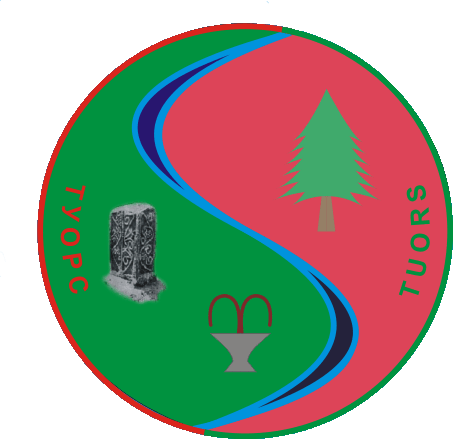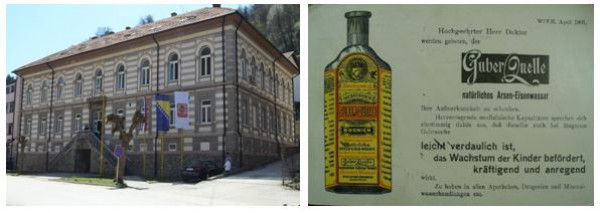For the first time, Srebrenica is mentioned in Dubrovnik’s sources in 1352, and then in 1376.
The area of today’s Srebrenica municipality has been extremely interesting for settlement since ancient times. The remains of material culture from the prehistory (bronze and iron age), the centennial residence of the Illyrians in this area, and the early arrival of the Romans.
From an inscription found in Skelani, we learnt that Srebrenica, with the wider surroundings, was inhabited by members of the Illyrian tribe of Dindar. Namely, their chief is mentioned here;’ Princaps civitatis Dindariorum’. This tribe also mentions the Roman writer Pliny (III, 142), which states that it consists of 33 decuries (parishes), which is seen to be one of the Middle Illyrian tribes.
The exploration of the lead and silver has begun with the arrival of Illyrians, which was the main preoccupation for the arrival of the Romans in Srebrenica, which greatly directed a further course of historical events in this area. The Romans were initially, upstream from Skelani near Drina, built a “M (alvesiatium) muni (cipium) Fl (avium)”, it is the “Flavian city Malvesiatium”, named after the dynasty of the emperors in which time the municipality was built.
Later in the Sase, at the confluence of the Majdan stream and the Saška river, the Romans also built the famous “Domavija”.At first, Domavija was the seat of the Imperial Representative who, on behalf of the Central Ficts in Rome, supervised the work of the silver mines of the past. Domavija was the seat of a functionary who under his administration had all the mines located in the Roman provinces of Dalmatia and Pannonia.




